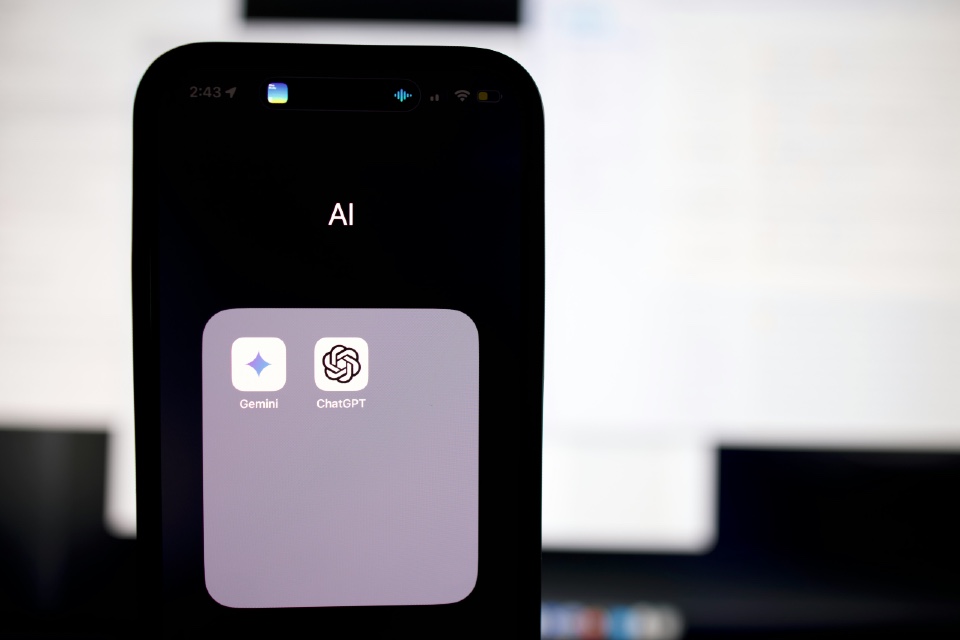Generative AI now the most frequently deployed AI solution in organisations

According to a Gartner survey conducted in the fourth quarter of 2023, 29% of the 644 respondents from organisations in the U.S., Germany and the U.K. said that they have deployed and are using GenAI, making GenAI the most frequently deployed AI solution. GenAI was found to be more common than other solutions like graph […]
Is generative AI the next big cyber threat for businesses?

By Robert Smith, Product Manager, Cyber Security at M247 Unless you’ve been living under a rock over the past twelve months, you will have heard all about ChatGPT by now. A shorthand for ‘Chat Generative Pre-Trained Transformer’, the smart chatbot exploded onto the tech scene in November last year, amassing 100 million users in its […]
Where does GenAI fit into the data analytics landscape?

Recently, there has been a lot of interest and hype around Generative Artificial Intelligence (GenAI), such as ChatGPT and Bard. While these applications are more geared towards the consumer, there is a clear uptick in businesses wondering where this technology can fit into their corporate strategy. James Gornall, Cloud Architect Lead, CTS explains the vital […]
OPINION: The promising influence of generative AI on cybersecurity

The cybersecurity landscape has always evolved rapidly, with new threats emerging and old ones becoming more sophisticated. As defenders strive to stay ahead, generative artificial intelligence (AI) is proving to be a game-changing ally, transforming threat detection, response strategies, and even the creation of defensive measures. Generative AI holds the potential to transform threat detection. […]


